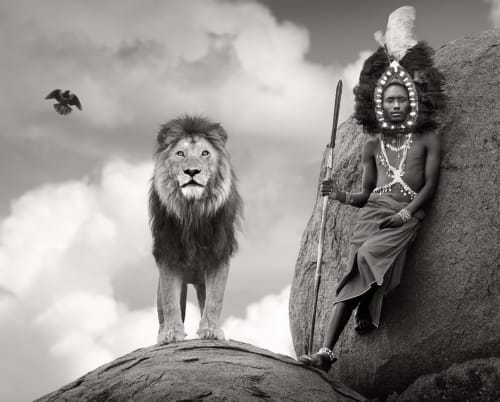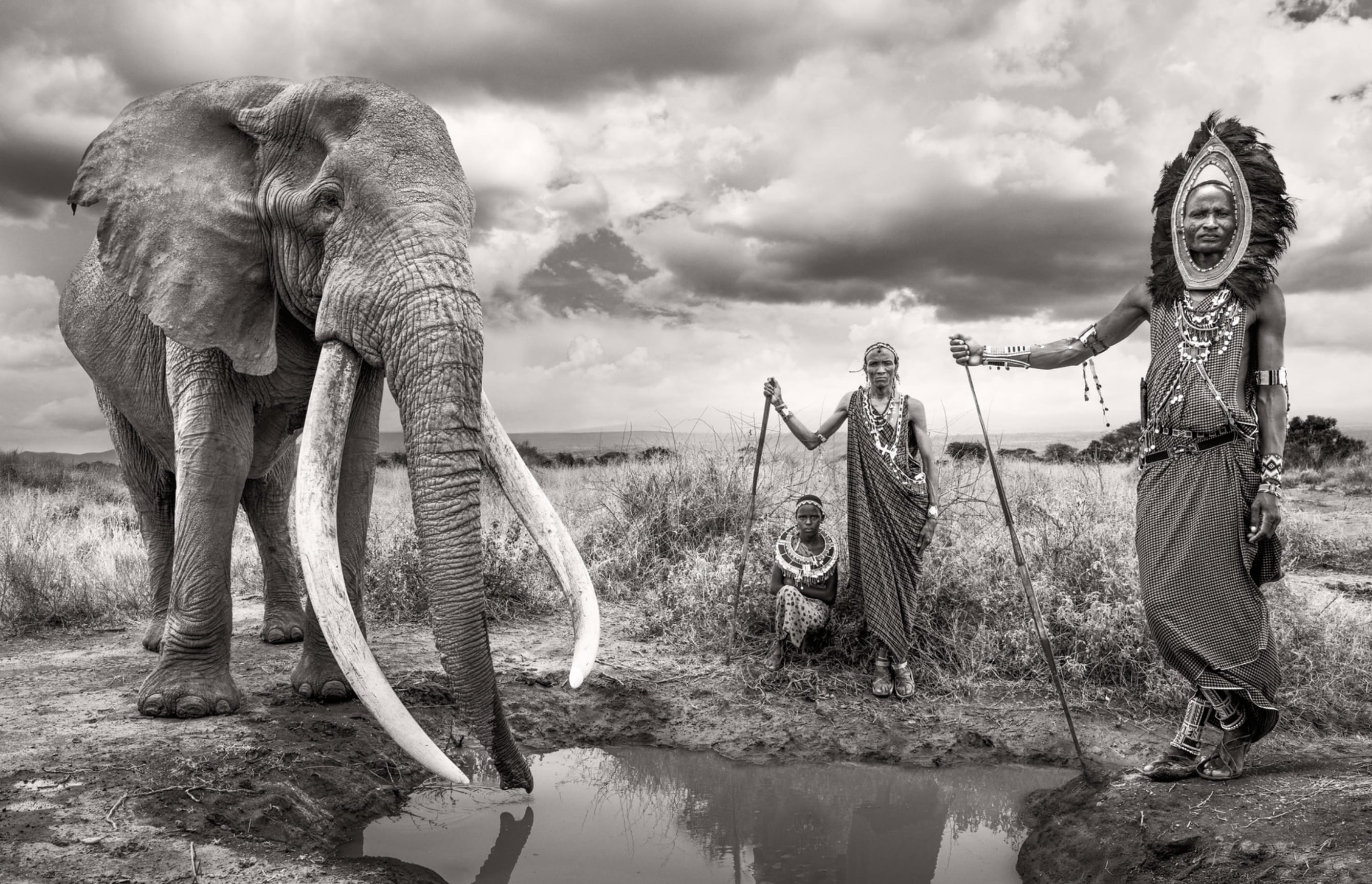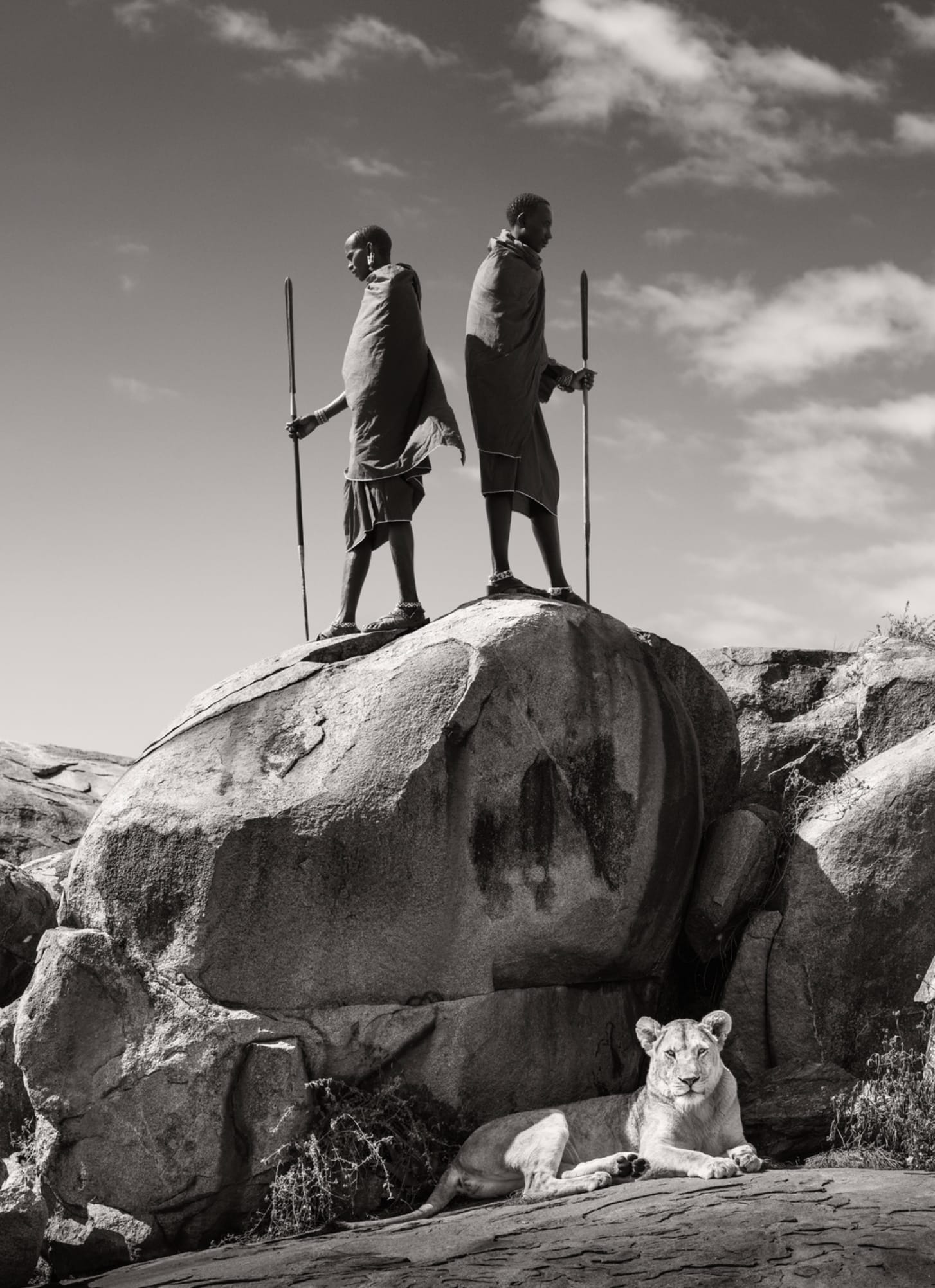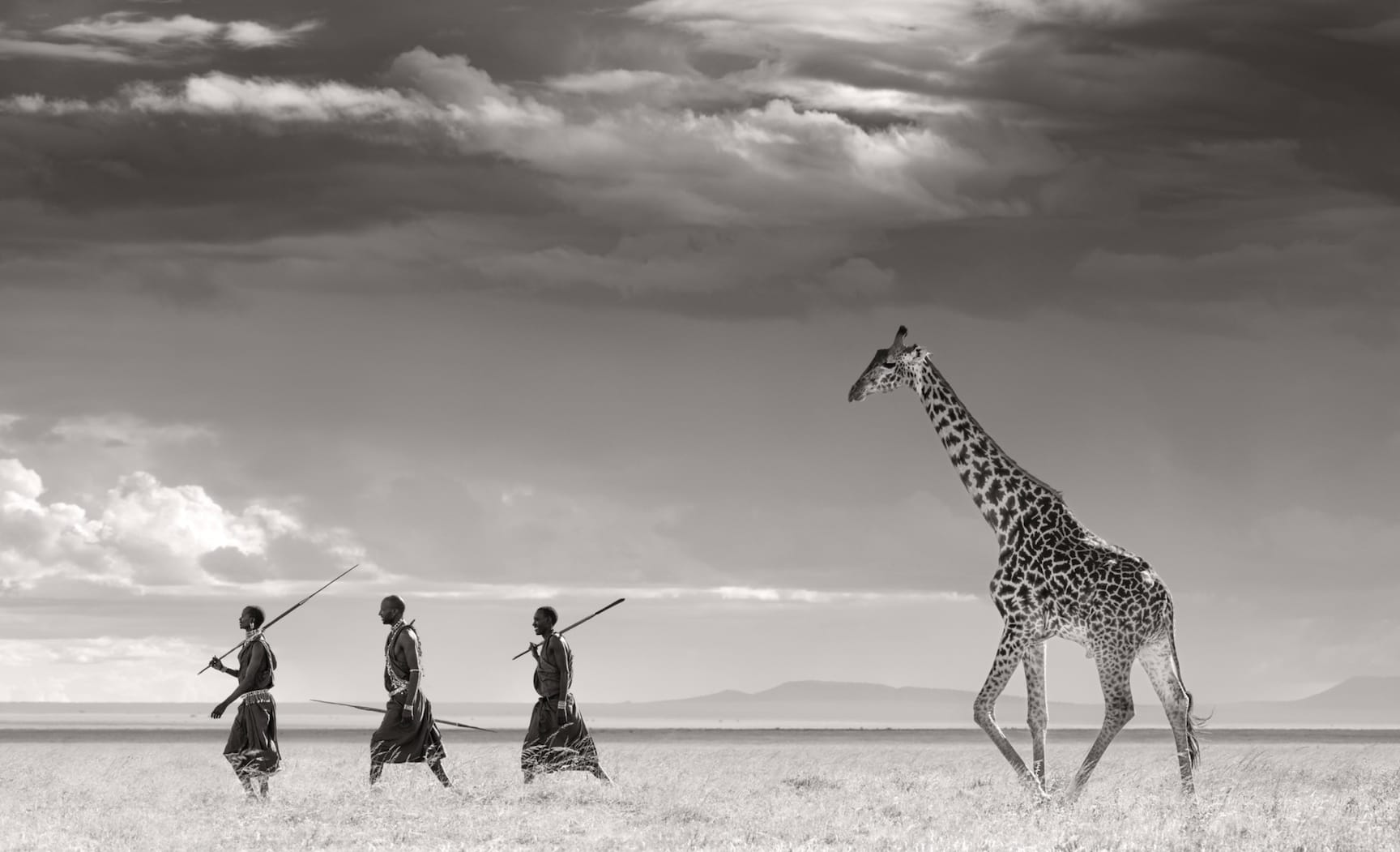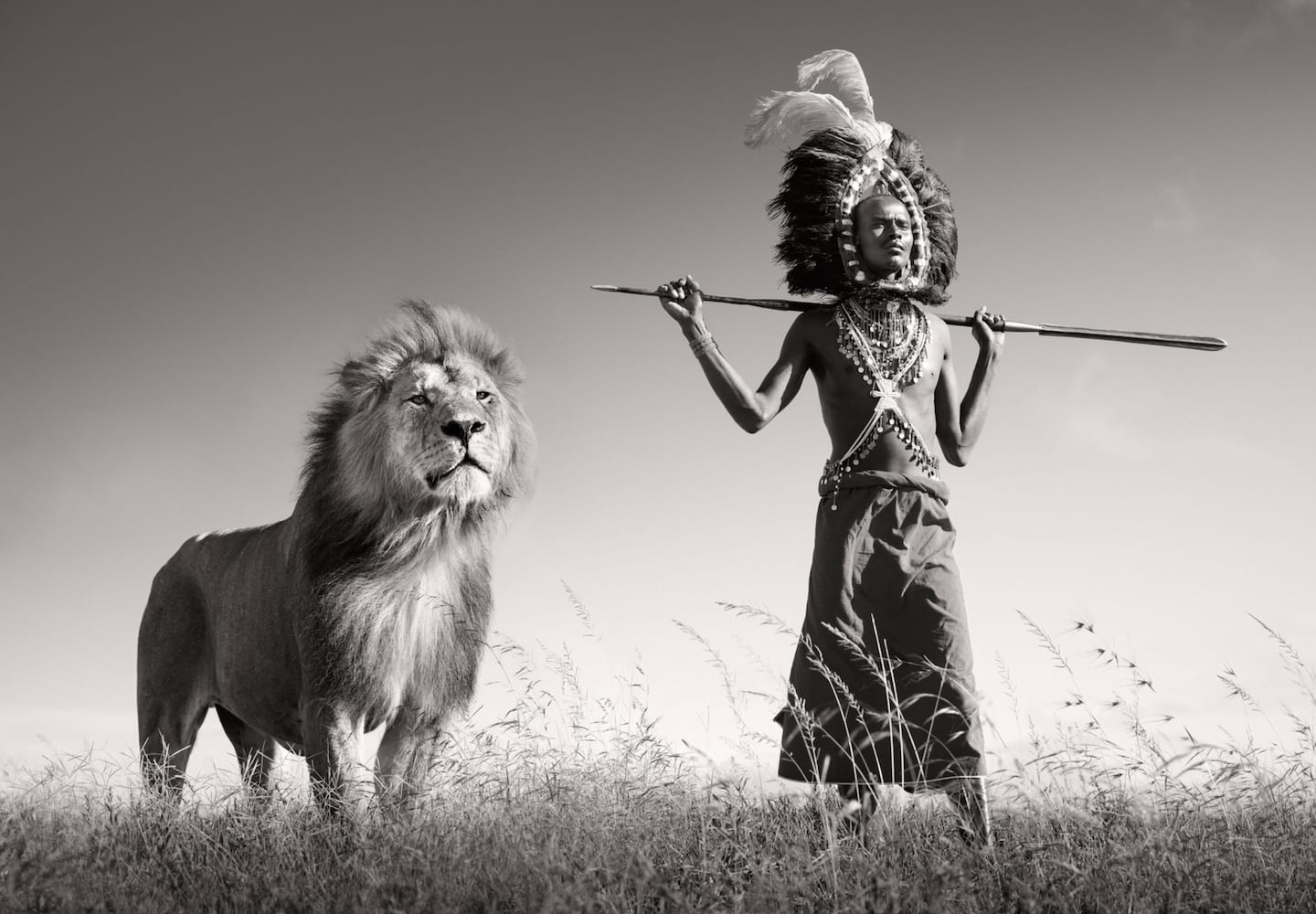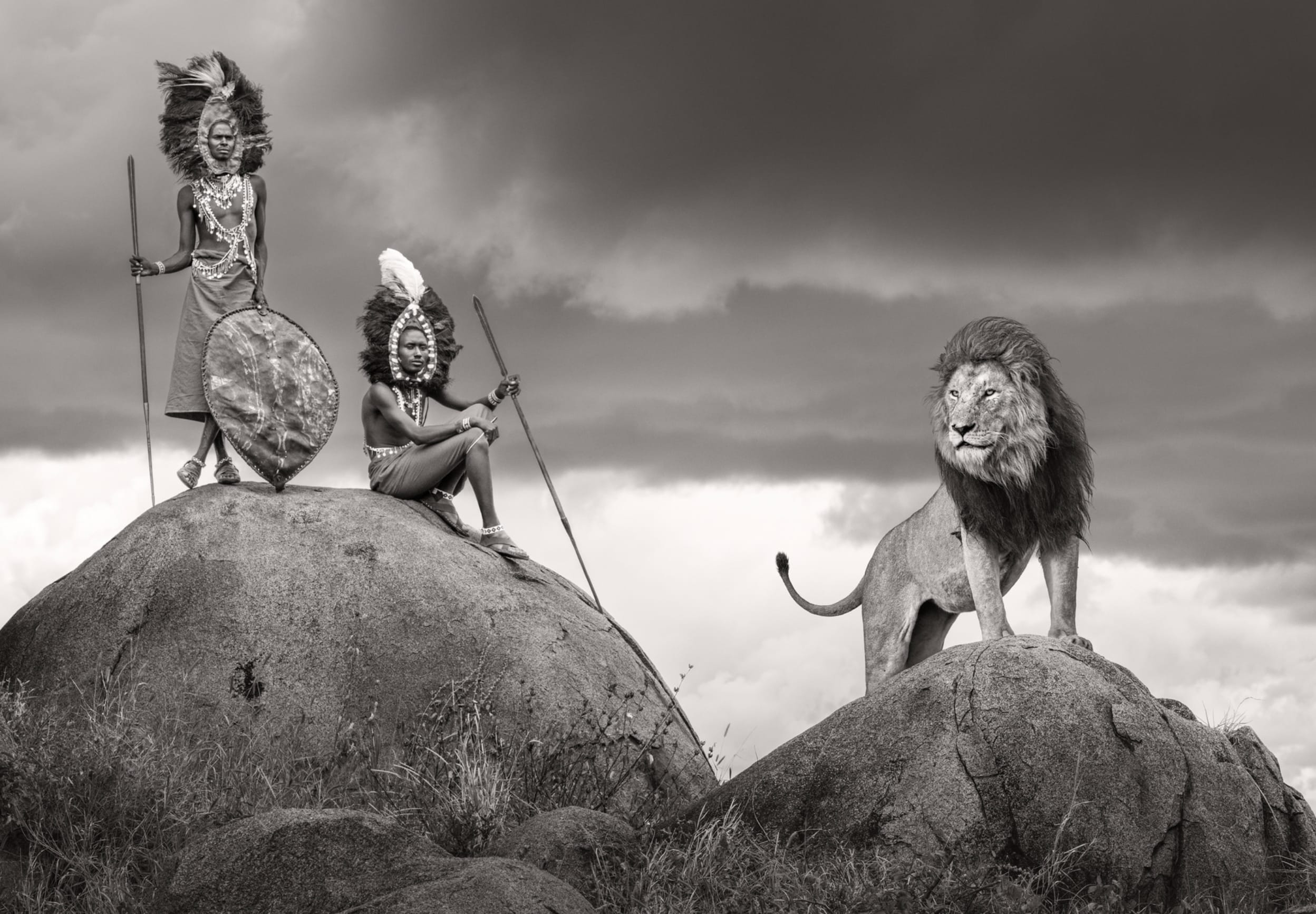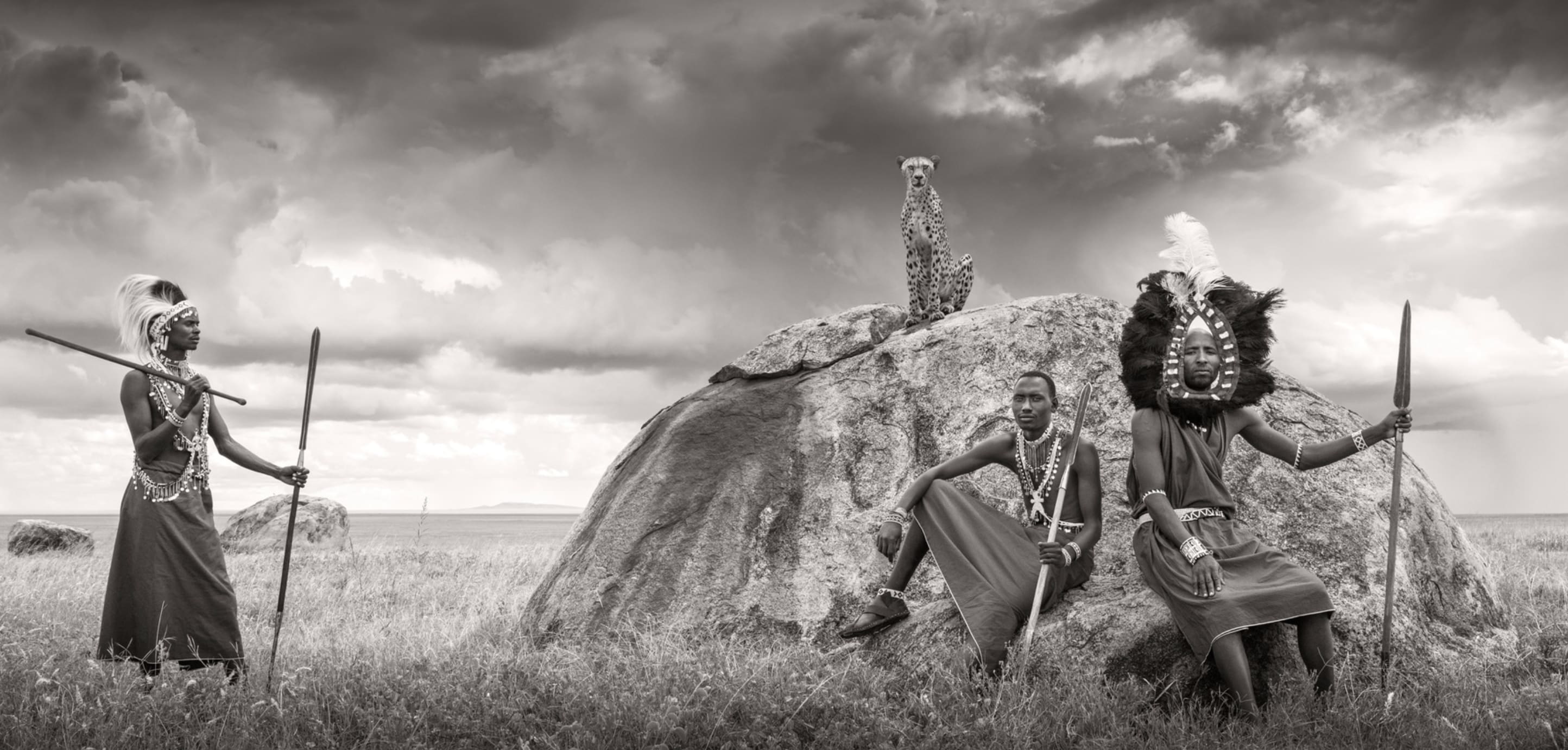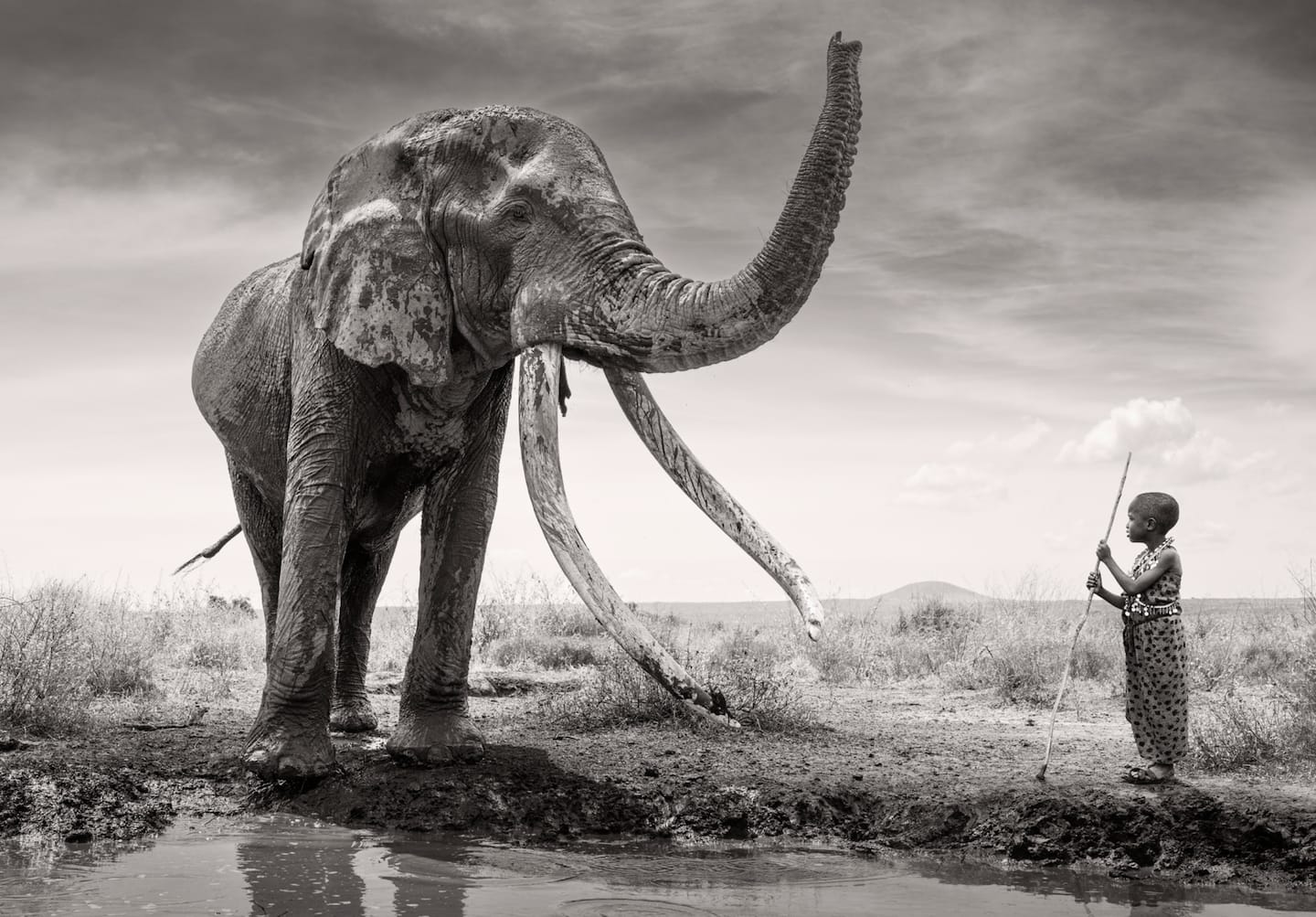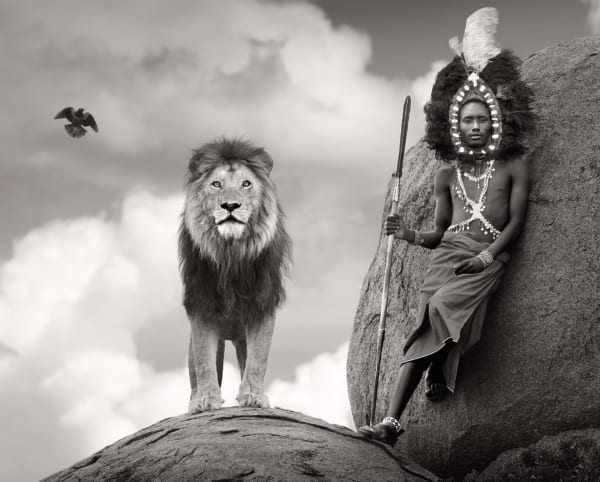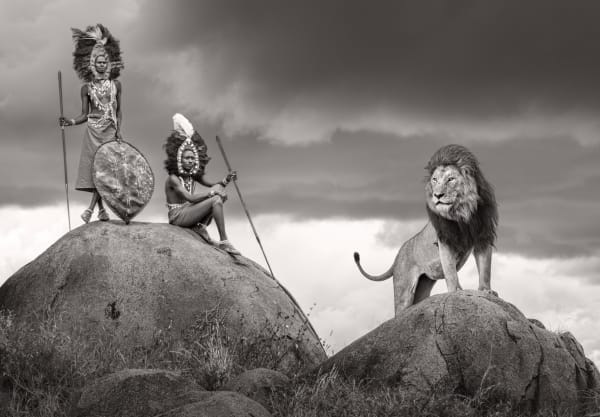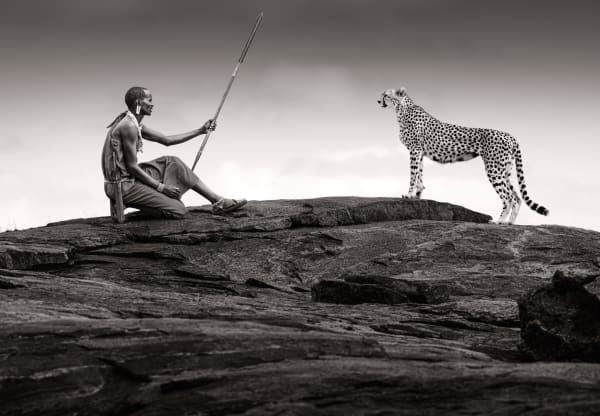In his newest body of work, The Land That Made Us One, British-born, Kenya-based photographer James Lewin embarks on an extraordinary visual and emotional journey through East Africa - one that transcends the boundaries between humanity and nature. Known for his evocative portraits of Africa's wildlife, Lewin now turns his lens toward the intricate bond between people and the wilderness, revealing a deeper story about coexistence, identity, and the fragile beauty of ancestral traditions.
In an age dominated by technology and urbanization, where screens often replace landscapes and the natural world feels increasingly remote, Lewin's new series serves as both an artistic and philosophical call to remembrance. It reminds viewers that in parts of Africa, there still exist communities living much as they did centuries ago - entirely attuned to the rhythms of the land, the seasons, and the wild creatures around them. For these individuals, nature is not a backdrop but a shared home. Their survival and spirit are interwoven with the earth itself.
The series focuses on the Maasai Tribe, whose ancestral lands encompass some of East Africa's most celebrated wildernesses - from the Serengeti to the Maasai Mara. The Maasai's relationship with the environment, defined by reverence and restraint, offered Lewin a natural starting point for this ambitious undertaking. Their way of life - rooted in balance, respect, and coexistence - embodies the central philosophy of the project: that humanity and nature are not opposing forces, but extensions of the same life force.
For years, Lewin has been celebrated for capturing the beauty and vulnerability of Africa's wildlife through a lens of intimacy and empathy. Yet living among the people of East Africa exposed another pressing truth: that the traditional cultures which have safeguarded the continent's ecosystems for generations are themselves endangered. Modern development, climate change, and the encroachment of tourism threaten to erode ways of life that have existed harmoniously alongside the wild for centuries.
To create this series, Lewin traveled far beyond the reach of guidebooks and safari routes, guided by friendships with local Maasai across Kenya and Tanzania. These relationships were not transactional but deeply personal - built on mutual trust, patience, and shared purpose. The result is a series that feels authentic and reverent, never exploitative. It is a tribute to both the people and the places that continue to define Africa's living heritage.
Each image in The Land That Made Us One is a composite of two photographs: one of a wild animal in its natural environment, and one of a Maasai individual whose life remains entwined with that same landscape. Yet these are not artificial pairings - they are meticulously constructed dialogues between subject and setting, made possible only by Lewin's insistence on working under identical conditions. Every pair of photographs was taken in the same exact location, at the same time of day, using the same lens, and in matching weather and light.
This rigorous process ensures not only visual harmony but philosophical integrity. The human and animal subjects share the same space, the same light, and-metaphorically-the same destiny. The resulting images blur the boundaries between portraiture and wildlife photography, revealing an unspoken kinship that transcends species.
Lewin's method rejects the distance often found in nature photography. Instead of relying on telephoto lenses, he works in profound proximity, building familiarity with his animal subjects through patience and respect. "You can't photograph a Maasai warrior from afar and expect to connect with him," Lewin explains. "The same goes for the animals." This closeness yields portraits of astonishing intimacy - every gaze, muscle, and gesture radiates a quiet dignity that commands reverence rather than spectacle.
The three-year process of creating this series demanded not only technical precision but emotional endurance. Wild animals do not take direction, and genuine trust - between human or animal - cannot be rushed. Every moment of synchronicity between Maasai and wildlife is the product of deep attentiveness, an artist's humility before the forces of nature.
The Land That Made Us One functions on multiple levels: as visual poetry, environmental statement, and cultural documentation. It restores balance to the narrative of Africa - one too often told through the lens of Western exoticism or ecological despair. Lewin's work neither romanticizes nor mourns, but instead honors coexistence as a living ideal.
By pairing the human and the wild animal within the same frame, Lewin collapses the artificial boundaries that have long divided them in both art and thought. The Maasai and the animals they live beside are rendered as equal protagonists - each with presence, spirit, and agency. The series reawakens the viewer's sense of belonging to a shared natural lineage, reminding us that our disconnection from nature is neither inevitable nor irreversible.
For Lewin, what began as an artistic project evolved into a deeply personal journey. The time he spent living among the Maasai, sharing meals, stories, and laughter by firelight, reshaped his understanding of community and coexistence. The Maasai's generosity and their profound relationship with the land left an indelible mark on him - one that lingers in every image.
Ultimately, The Land That Made Us One is more than a photographic series - it is a meditation on belonging. It speaks to the shared origins of humankind and the earth, urging a return to reverence and balance in an increasingly fragmented world.
Through these portraits - of lions and elders, elephants and warriors, herds and families - James Lewin invites us to look not outward at "the wild," but inward at ourselves. The message is as timeless as it is urgent: we are not apart from nature, but a part of it. And in remembering that truth, perhaps we can still find our way back home.
Discover photographs by James Lewin and contact our galleries via info@guyhepner.com for latest availabilities.
